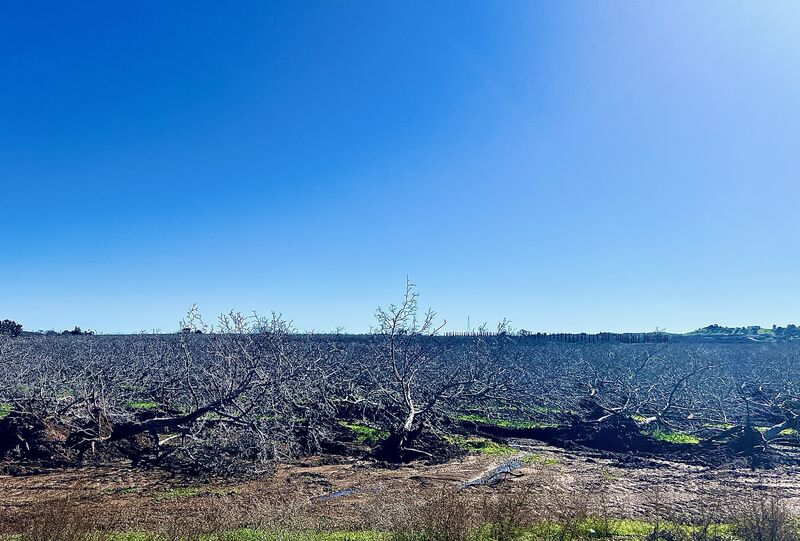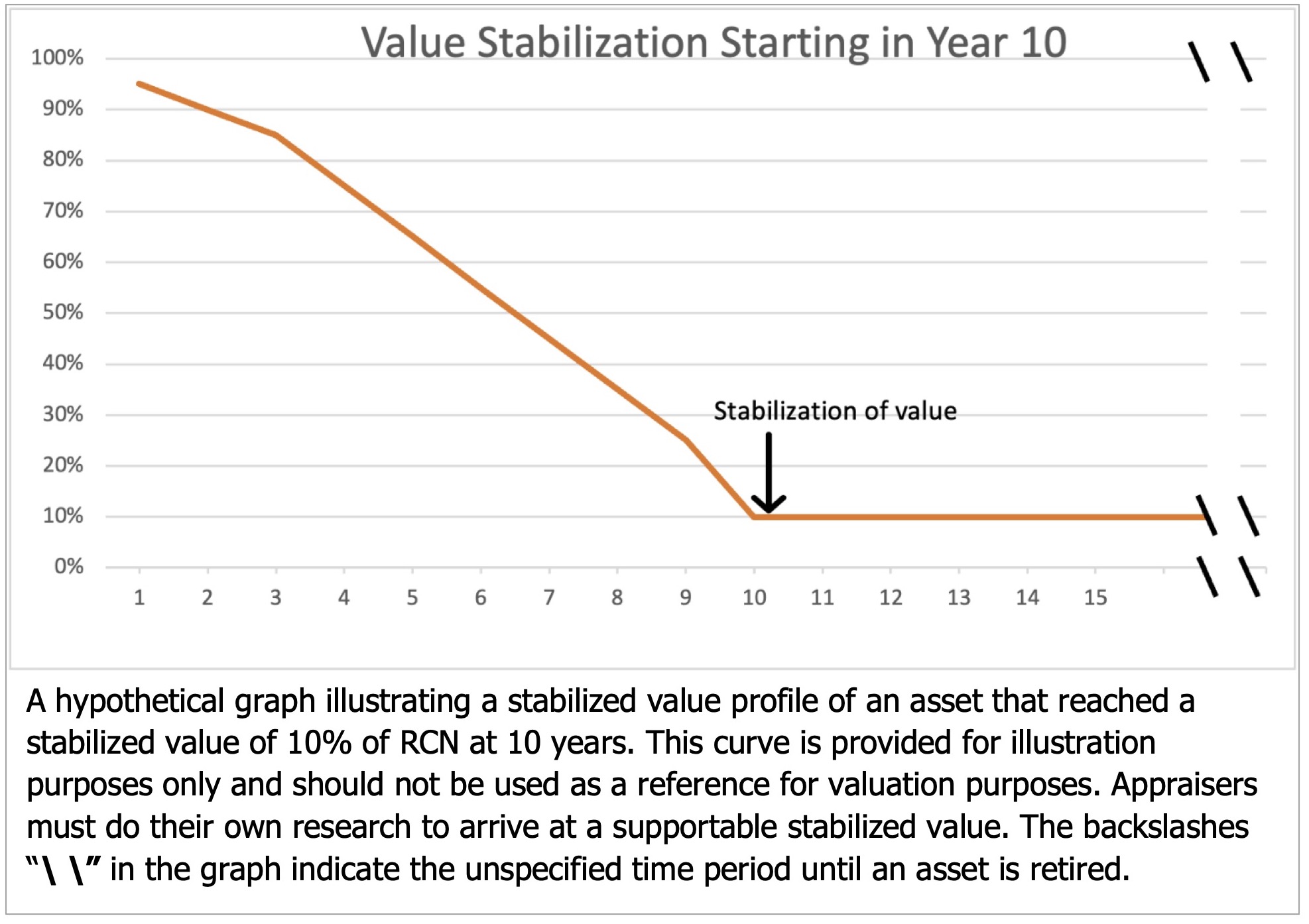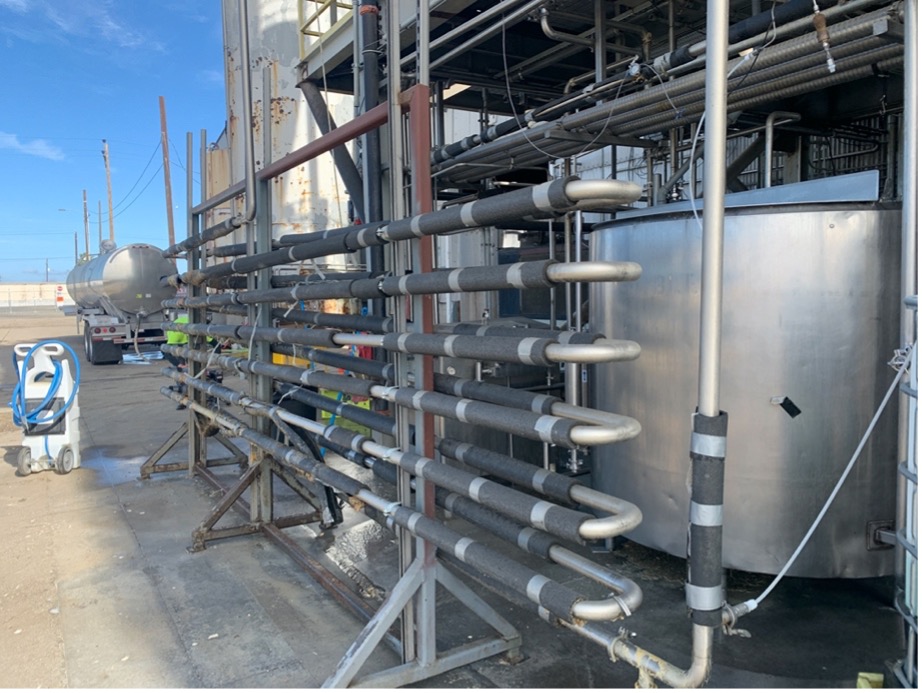 If you’re considering your first equipment appraisal, for business purposes, litigation or family law, you might be wondering what’s involved in an equipment and machinery appraisal. In general, the appraisal process includes 3 basic stages: compiling the asset list, performing an inspection, researching & compiling the report. This same process applies to any qualified equipment appraisals you’ll need for property tax appeals, buy/sell situations, or estate planning.
If you’re considering your first equipment appraisal, for business purposes, litigation or family law, you might be wondering what’s involved in an equipment and machinery appraisal. In general, the appraisal process includes 3 basic stages: compiling the asset list, performing an inspection, researching & compiling the report. This same process applies to any qualified equipment appraisals you’ll need for property tax appeals, buy/sell situations, or estate planning.
Asset List
A certified equipment and machinery appraisal usually starts with a list of the owner’s equipment assets. I always ask the client for a detailed list, preferably an Excel spreadsheet format that includes the categories of Machinery Description, Manufacturer/Make, Model, Serial Number, Hours or Odometer, Age/Date of Purchase and Cost. This information is useful in a variety of ways, the first of which is that it eliminates the need for the equipment appraiser to create his or her own inventory from scratch, adding to the cost of the appraisal. More than once, in jobs as different as restaurant equipment appraisals in San Francisco, agricultural equipment appraisals in Yuba City, manufacturing plant equipment appraisals in Sacramento, and a truck fleet appraisal in Reno, I’ve been given an assignment without an inventory sheet and had to do the inventory myself, with no choice but to add that time to the cost of the job.
The initial purpose of the equipment inventory list provided by appraisal client is to assist an equipment appraiser in determining which pieces need to be individually appraised and which would be more effectively grouped together (i.e., smaller, support or peripheral items such as hand tools or irrigation hose), as well as to calculate a reasonable proposal for the equipment appraisal cost.
Inspection
Once the equipment appraisal proposal has been accepted, the next step is the on-site inspection, which is coordinated with the business owner. I suggest that someone familiar with the equipment is present during the visit; the person who maintains or uses the equipment is best so that I can get an accurate report of working condition and maintenance of items as needed. On occasion, maintenance records may be requested. At a construction equipment appraisal once in the Central Valley, having the head mechanic walk me around the site proved to be incredibly valuable. He knew not only specific maintenance information on each truck, back hoe, excavator, dozer, air compressor, generator, trailer, skid steer, skip loader, wheel loader and every other type of construction equipment imaginable, but also when each had been brought into service and how much longer he expected to be able to use each piece of machinery.
In addition to talking with mechanics, owners, and staff while on-site, an accredited equipment appraiser verifies information from the equipment and machinery spreadsheet, examines and photographs the equipment, and documents physical condition of each piece. As you can imagine, this can sometimes take awhile! Strolling around in the mud at an agricultural appraisal in Marysville one fine autumn day, I was surprised to discover I had used all the available sunlight and was now reduced to using flash to finish up documentation in the dusk. Often, to save time, equipment and machinery owners will provide photographs when they submit the initial spreadsheet for the appraisal.
Research & Report
Returning to the office, inspection data in hand, the qualified equipment and machinery appraiser gets to work: industry and sales research, comparable analysis, conversations with manufacturers and sales representatives, and perhaps discussions with other appraisers. All the research information is then presented to the client in the final Summary Appraisal Report, setting forth the determined value (Fair Market Value, Orderly or Forced Liquidation Value, etc.) of the Subject Assets. Often, I send a review copy to the client before submitting the final Appraisal Report.
This substantiated and defensible appraisal report, executed and signed by a qualified machinery /equipment appraiser, is confidential, of course, and is also independent, impartial and objective, meeting both USPAP standards and Federal guidelines.
Jack Young, ASA, CPA
NorCal Valuation




